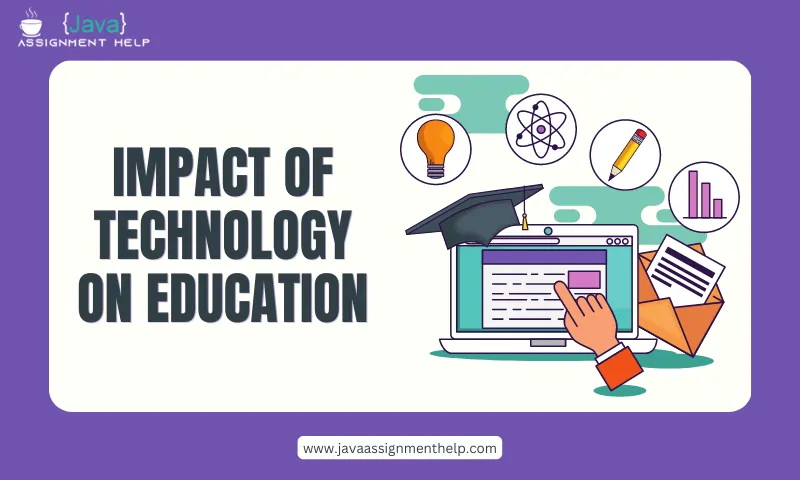Assistive technology refers to any device or software that is used to support the functional capabilities of individuals with disabilities. In the context of special education, assistive technology can be used to support students with diverse needs, including those with physical, sensory, and cognitive disabilities.
There are many different types of assistive technology that are available, including:
Augmentative and alternative communication (AAC) devices: AAC devices are used to support individuals who have difficulty communicating through speech. These devices can include communication boards, voice output devices, and speech generating devices.
Computer software and apps: There are many different types of software and apps that can be used to support students with disabilities. For example, text-to-speech software can be used to support students with reading difficulties, while word prediction software can be used to support students with writing difficulties.
Adapted physical education equipment: This type of equipment is designed to support students with physical disabilities in participating in physical education activities. Examples of adapted physical education equipment include wheelchairs, modified bicycles, and adapted sports equipment.
Assistive listening devices: These devices are used to support individuals with hearing impairments. Examples of assistive listening devices include hearing aids, cochlear implants, and FM systems.
Assistive technology can be used to support students with diverse needs across all areas of the curriculum. For example, students with reading difficulties can benefit from text-to-speech software or audiobooks, while students with writing difficulties can benefit from word prediction software or speech recognition software. Students with physical disabilities can benefit from adapted physical education equipment, while students with hearing impairments can benefit from assistive listening devices.
In addition to supporting academic achievement, assistive technology can also help to promote greater independence and self-esteem among students with disabilities. By providing students with the tools they need to participate in academic and social activities, assistive technology can help to break down barriers and promote greater inclusion.
However, it is important to note that assistive technology should not be viewed as a replacement for effective teaching strategies and accommodations. Assistive technology should be used in conjunction with evidence-based instructional practices and accommodations to support the needs of individual students.
To ensure that assistive technology is being used effectively, it is important to involve students and their families in the decision-making process. This can include conducting assessments to identify the specific needs of individual students and involving students and their families in the selection and implementation of assistive technology.
It is also important to provide ongoing training and support to teachers and other support personnel to ensure that they have the knowledge and skills they need to effectively use assistive technology. This can include professional development opportunities, online resources, and peer support networks.
In conclusion, assistive technology can play a critical role in enhancing the learning outcomes of students with disabilities. By providing students with the tools they need to participate in academic and social activities, assistive technology can help to break down barriers and promote greater inclusion. While there are many different types of assistive technology that are available, it is important to use evidence-based instructional practices and accommodations in conjunction with assistive technology to support the needs of individual students.




